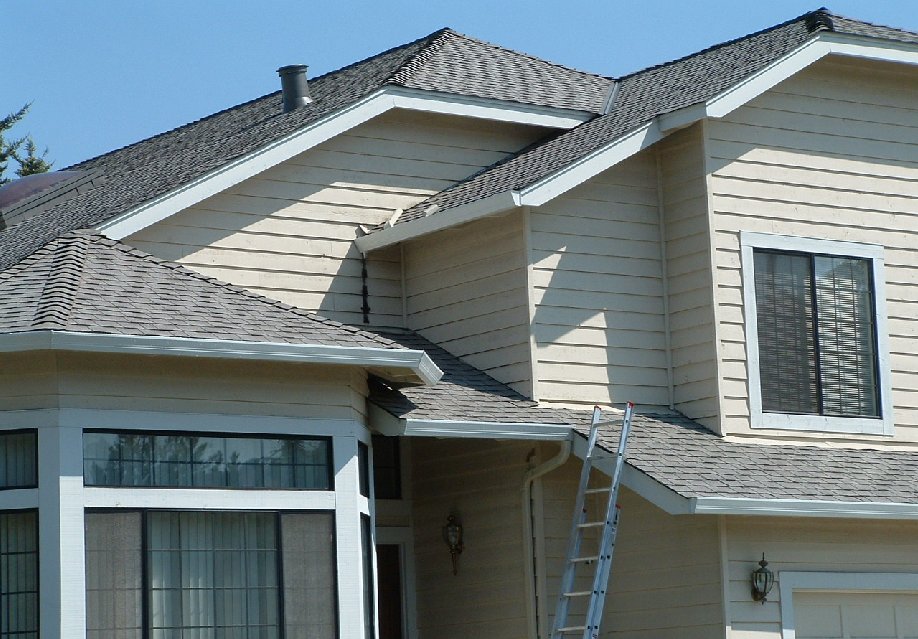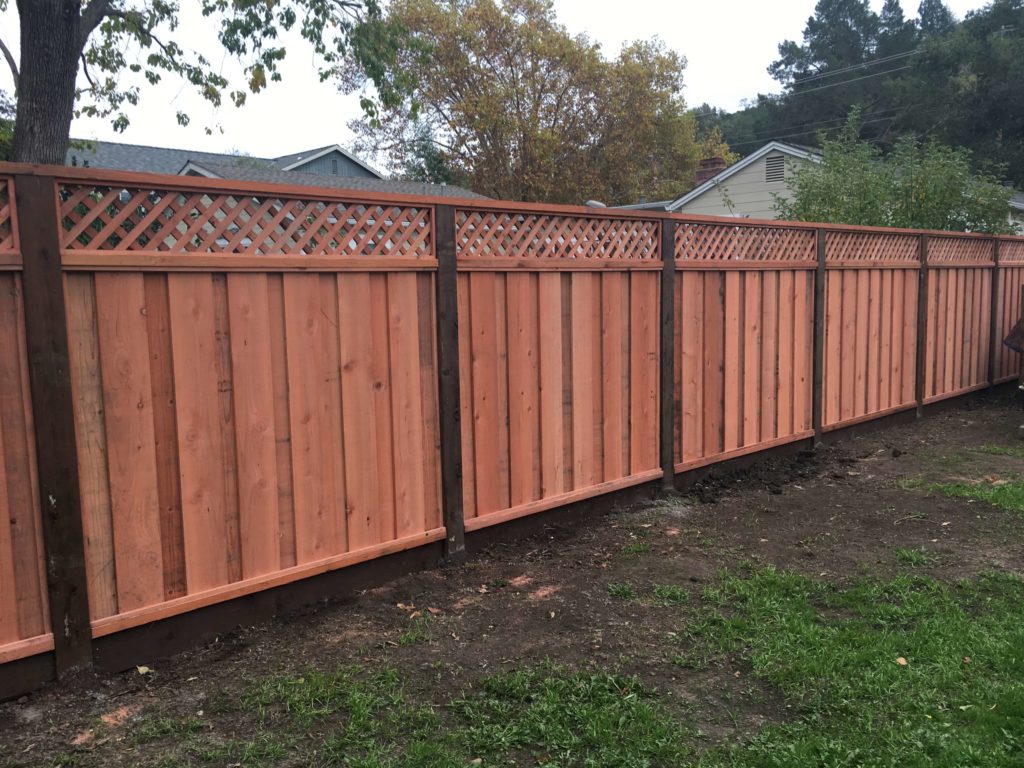With wet weather around the corner, now is the time for homeowners to do a thorough inspection of their homes and yards. After months of dry weather, sudden rains can lead to unexpected damage. Use this checklist to address the areas of your property that tend to be vulnerable during rain events.
Checklist for Your Home

A roof inspector can locate any weakened or damaged areas of your roof. Photo: Affordable Roofing ©2019
Inspect the roof. If you’re not afraid of heights, do a visual inspection of your roof to see if there are any missing tiles or shingles. A professional roof inspection can determine if there are any weaknesses around the flashing or skylights.
Inspect the gutters. If you don’t have gutter guards, you need to regularly remove leaves and other debris that accumulate in the gutters throughout the year. Check your gutters for any leaks and verify that downspouts are directed away from your home’s foundation.
Mind the gaps. Check your home’s window frames and trim, looking for signs of damage or cracked caulking. Use a sealant to protect any areas that are weakened or seem susceptible to water intrusion.
Clean and reseal the deck. Northern California’s damp winters can quickly damage decks and other wooden areas that aren’t maintained. Leaves and yard debris can discolor wood and incubate mold if left untidied. Rainwater can easily seep into cracks or screw holes. For this reason, decking professionals recommend resealing your deck every one to two years.
Get into the crawl space. Crawl spaces are especially prone to water damage. That’s why it’s so important to investigate this area of your home. Check for signs of rotted framing or mold. If there’s a vapor barrier, make sure it’s in good condition. Crawl spaces are also attractive habitats for rodents, so be alert to signs of infestation. If you’re unable to inspect your crawl space yourself, hire a professional for the job.
Check the chimney. Even if your fireplace is purely decorative, it’s a good idea to have it regularly inspected by a chimney sweep. During the inspection, they’ll evaluate all interior and exterior components of your chimney and fireplace. They can determine if all elements of the flue are functional and clear away any debris in the chimney. Outside, they’ll patch up any cracks that could allow for wind or rain intrusion.
Checklist for Your Yard

Before the first rainstorm arrives, look for any loose posts or beams in your fencing. Photo: Tri-Valley Fence Works ©2019
Check drainage in low-lying areas. If your property is on a sloped lot or you notice that water tends to pool in certain areas of your yard, make sure you have appropriate drainage. Check for any debris clogging storm drains on or near your property and consider installing a French drain to direct rainwater away from your home.
Evaluate trees. See if any tree branches are in close contact with your home or power lines. Prune branches so they’re a safe distance from your home and your neighbors’ homes. Strong storm winds can easily take down sick and dead trees, so hire an arborist to determine if there are any at-risk trees on your property.
Prepare the swimming pool. Now is the time to drain your swimming pool if you plan to do repair work before the weather warms up again. If not, consider adding freeze protection to the water, which will prevent pool equipment from being damaged by cold weather. Be sure to remove your pool cover before a rainstorm arrives. This will prevent standing water from accumulating and damaging the cover.
Inspect your fence. Strong winter winds can take down old or poorly constructed fences. Check to see if any posts or beams in your fence have come loose during the year and note if any of the wood has rotted. For vinyl fences, make sure all of the post caps are still secure.
